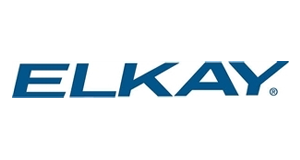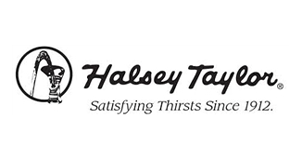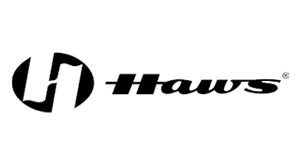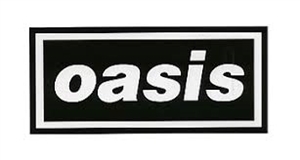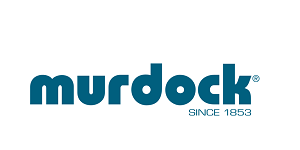The Ultimate Guide to Commercial Bottle Filling Stations & Drinking Fountains
Posted by The ProDrinkingFountains Team on Nov 3rd 2025
Why Hydration Stations Are Replacing Traditional Fountains
Clean, accessible drinking water is a necessity in every commercial and public building. Across schools, gyms, airports, hospitals, and offices, traditional water fountains are being replaced by bottle filling stations—the modern, sustainable way to stay hydrated.
Touchless, filtered water stations not only reduce plastic waste but also provide healthier drinking options for employees, students, and guests. A single bottle filling station can prevent tens of thousands of disposable bottles from entering landfills each year. Combined with advanced filtration, these systems deliver fresh, great-tasting water without the environmental impact of bottled alternatives.
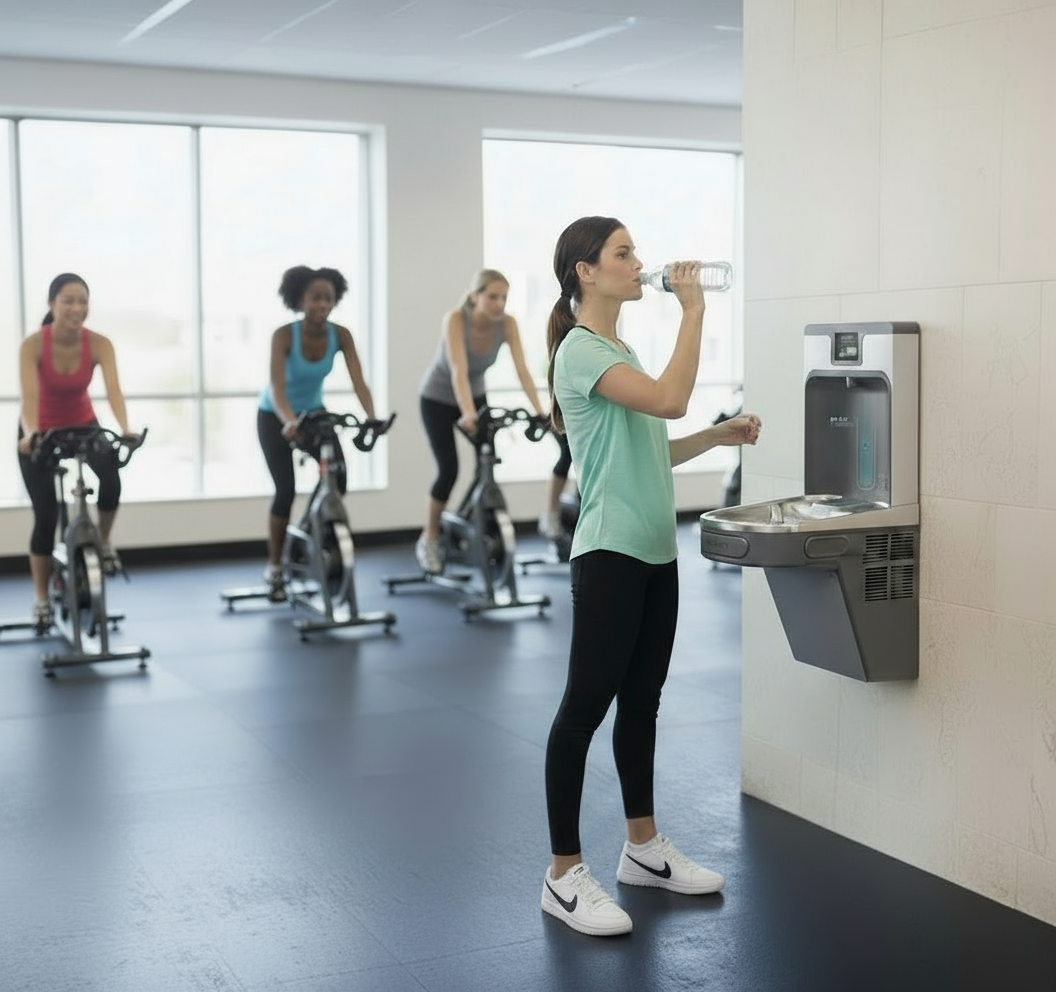
Types of Commercial Bottle Filling Stations
Choosing the right type of bottle filler starts with understanding the installation options available.
Wall-Mounted Stations
The most common design found in schools and offices, these units combine a bottle filler with a traditional fountain or cooler.
Recessed Stations
Perfect for hallways with limited space. They sit flush with the wall for ADA compliance and a clean look.
Floor-Standing Coolers
Ideal for facilities without existing plumbing in the wall cavity. Often used in warehouses and healthcare environments.
Retrofit Kits
Add a bottle filler to an existing fountain without replacing the entire fixture. These upgrades are cost-effective and simple to install.
Outdoor Hydration Stations
Built to handle extreme weather, these rugged models are found in parks, campuses, and athletic facilities.
Chilled vs Non-Chilled Systems
One of the first decisions to make is whether your facility needs chilled or non-chilled water.
|
Feature |
Chilled Systems |
Non-Chilled Systems |
|---|---|---|
|
Temperature |
Cold, typically 40–50°F |
Room temperature |
|
Power Source |
Requires electrical connection |
No power required |
|
Ideal For |
Gyms, offices, schools |
Warehouses, outdoor areas |
|
Cost |
Higher initial cost and energy use |
Lower cost and maintenance |
If you’re serving high-traffic areas or want cold, refreshing water on demand, chilled systems are the best choice. For lower-traffic or unpowered areas, non-chilled models offer reliable hydration at a lower cost.
Filtered vs Unfiltered: Why It Matters
Filtration is one of the most important considerations when choosing a bottle filling station. Modern filters remove lead, particulates, and chlorine taste for safer, cleaner water.
Look for filters that meet:
- NSF/ANSI Standard 42 for particulate and chlorine reduction
- NSF/ANSI Standard 53 for lead reduction
Many states, including Michigan through its Filter First law, now require filtered water in schools and child-care centers. Even outside of compliance requirements, filtration builds trust with users and supports sustainability goals.
Beyond Michigan: Other States Strengthening School and Public Water Quality Laws
While Michigan’s Filter First program is the first statewide law requiring filtered drinking water in every K-12 school and child-care center, other states are also taking major steps to protect students and staff. Many are tightening lead-testing rules, lowering action levels, or funding upgrades that include bottle filling stations and filtered drinking fountains. These efforts show that filtered hydration systems aren’t just a Michigan priority—they’re a growing national trend.
California now requires bottle filling stations in all newly built or modernized schools, encouraging the use of filtered, chilled systems for student hydration.
New York has reduced its lead action level to 5 ppb and mandates testing every three years, prompting schools to install filtered fixtures to stay ahead of compliance findings.
Massachusetts offers SWIG (School Water Improvement Grants) to help districts replace older fountains with filtered bottle filling stations.
Washington State passed HB 1139, requiring testing and remediation in schools built before 2016, with grants that have funded new hydration stations under the state’s “Healthy Kids–Healthy Schools” program.
Vermont’s Act 66 mandates water testing in schools and child-care facilities; any outlet over the state’s action level must be taken out of service until it’s fixed—filtered bottle fillers are the most common solution.
New Jersey requires triennial testing and recently released over $90 million in school water-quality grants, which include funding for filtered fountains and bottle fillers.
Illinois enforces school and child-care lead-testing requirements under SB 550, and state grant programs continue to provide filtered hydration stations to replace outdated fixtures.
Oregon provides EPA-supported Lead Remediation Grants for fixture replacement in schools, where filtered bottle filling stations are often the upgrade of choice.
Across the country, the message is clear: schools and facilities are moving toward filtered, point-of-use hydration to meet stricter standards, secure grant funding, and build public confidence. Installing certified NSF/ANSI 42 and 53 bottle filling stations now positions your facility ahead of these evolving state programs.
Top Brands Compared: Elkay, Haws, Oasis, Murdock, and Halsey Taylor
ProDrinkingFountains.com proudly supports the leading manufacturers of commercial hydration equipment. Each brand brings unique strengths to the table.
|
Brand |
Key Strengths |
Filter Options |
ADA/Touchless Options |
Ideal Use Case |
|---|---|---|---|---|
|
Elkay |
Industry leader with reliable performance and wide model range |
High-capacity filters (NSF 42/53) |
Yes |
Schools, offices, healthcare |
|
Haws |
Built for durability and industrial use |
In-line filter systems |
Yes |
Industrial, public, outdoor |
|
Oasis |
Energy-efficient designs with long filter life |
Green Filter systems |
Yes |
Commercial buildings, schools |
|
Murdock |
Heavy-duty, vandal-resistant options |
Optional filtration kits |
Yes |
Parks, correctional, public |
|
Halsey Taylor |
Trusted by architects for long-term reliability |
Compatible with Elkay filters |
Yes |
Educational and institutional facilities |
When comparing brands, consider not just the upfront price but also filter replacement costs, power usage, and accessibility features.
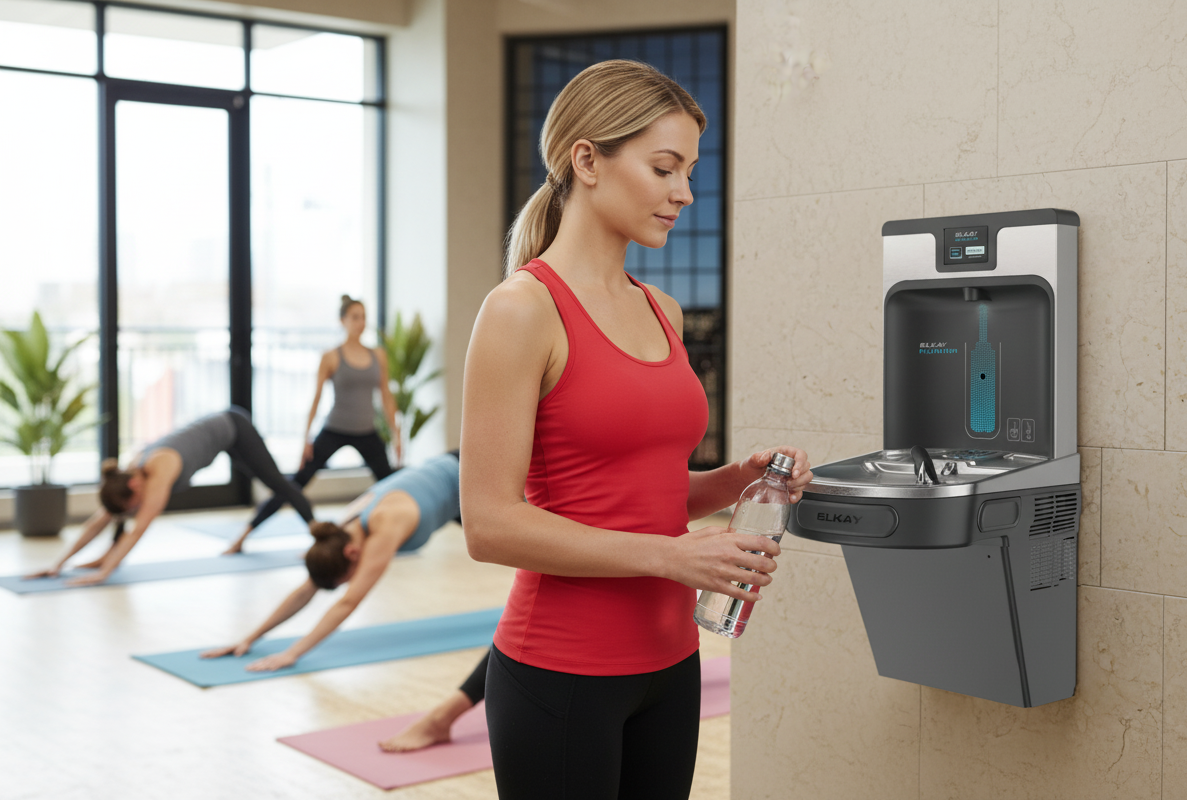
Choosing the Right Bottle Filling Station for Your Facility
Before purchasing, consider how your station will be used day to day.
1. Identify the Traffic Level
High-traffic areas benefit from dual bottle filler and fountain combinations, while smaller offices may only need a single wall unit.
2. Determine Filter Needs
If your building’s plumbing is older or located in an area with hard water or lead concerns, filtered models are a must.
3. Decide on Chilled or Non-Chilled
Evaluate whether power is available and whether users expect cold water.
4. Plan for ADA Compliance
Ensure installation height and reach requirements meet ADA standards.
5. Consider Maintenance Access
Make sure filters and cooling components are accessible for easy replacement and cleaning.
Maintenance and Filter Replacement Tips
Proper maintenance keeps your hydration equipment performing efficiently and safely.
- Replace filters every 3,000 gallons or every 12 months, whichever comes first
- Clean the nozzle and bottle area regularly with a non-abrasive cleaner
- Flush the system after long periods of non-use (such as summer breaks in schools)
- Keep spare filter cartridges on hand to minimize downtime
- Schedule filter changes in coordination with annual water quality testing
ProDrinkingFountains.com carries genuine replacement filters for all major brands, including Elkay, Haws, Oasis, Murdock, and Halsey Taylor.
ADA, Safety, and Compliance Considerations
Accessibility and compliance are key factors for public installations.
- ADA Height: Bottle fillers and fountains must be mounted so the spout outlet is no higher than 36 inches from the floor.
- Reach Range: Controls and bottle filler activation sensors must be within 48 inches of reach.
- Lead-Free Materials: All fixtures must comply with the Safe Drinking Water Act.
- Energy Star Ratings: Chilled units can earn points toward LEED or green building certifications.
ProDrinkingFountains.com Helps You Get It Right
Whether you’re outfitting a new school or replacing outdated fountains, our team can help you choose the right system. We offer expert guidance on chilled vs non-chilled models, filter selection, and ADA-compliant installation.
We stock the most trusted brands—Elkay, Halsey Taylor, Oasis, Haws, and Murdock—with fast shipping, expert support, and replacement filters ready to go.
Frequently Asked Questions
What is the difference between a bottle filler and a water cooler?
A bottle filler is designed for refilling reusable bottles, while a water cooler typically includes a bubbler or fountain for direct drinking. Many units combine both in a single design.
Can I retrofit an existing fountain with a bottle filler?
Yes. Retrofit kits allow you to upgrade an existing drinking fountain with a bottle filler top, saving installation costs and reducing waste.
How long do filters last?
Most commercial filters last up to 12 months or 3,000 gallons, depending on water quality and usage.
Are these systems energy efficient?
Yes. Modern chilled bottle fillers use efficient compressors and go into sleep mode when not in use, reducing power consumption.
Which brand is best for schools?
Elkay and Halsey Taylor are the most widely used in educational settings due to proven reliability and NSF-certified filters.
Do outdoor models need special maintenance?
Yes. Outdoor fountains and fillers should be winterized to prevent freezing and damage during cold months.
Final Thoughts
Bottle filling stations and modern drinking fountains are more than just convenience—they are an essential part of public health, sustainability, and compliance. Whether you manage a school, gym, or corporate facility, choosing the right system can improve user experience and protect against water quality issues.
Contact ProDrinkingFountains.com today to find the best bottle filling stations, water coolers, and filters for your facility. Our team is ready to help you design a system that’s efficient, compliant, and built to last.

